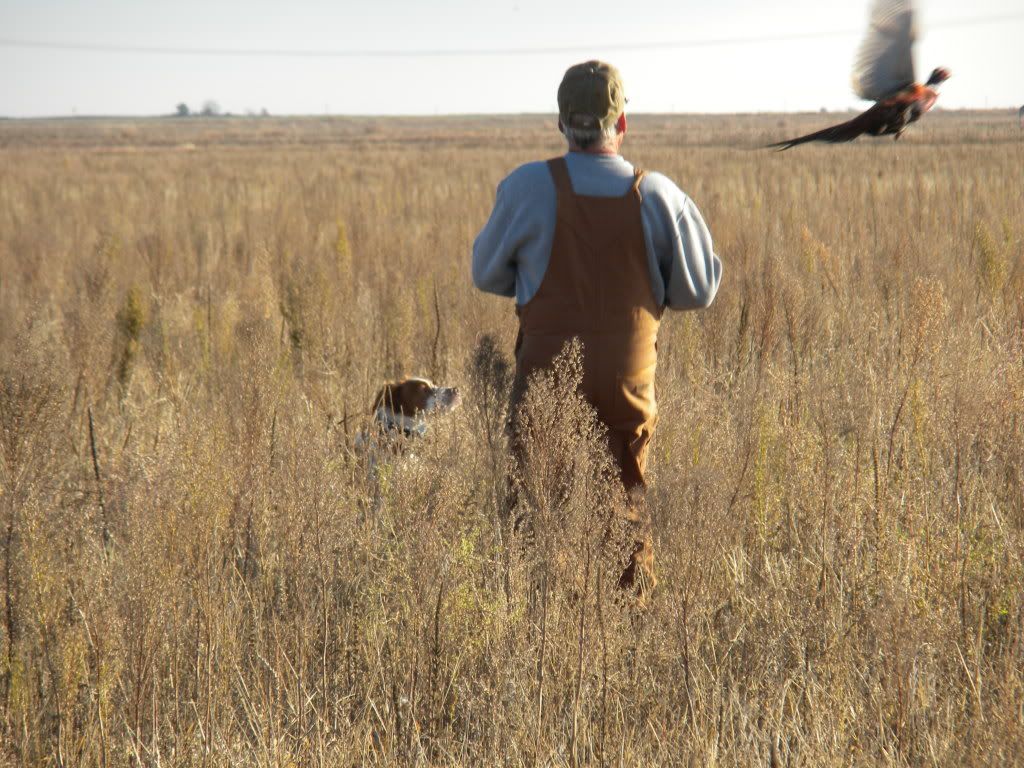Heres a video of my Brit her first year of summer camp in S. Dakota. In this video she was 14 months old, and had been trained on wild birds for 2 months. We just dropped her off for her third summer of camp. She spends a lot of time on the Brittany trial circuit, and I also foot hunt her. I want a dog that learns how to track, and pin birds down. Flash pointing dogs are great, but I want a dog who knows there is a bird in front of them as well ( you won't get as many false points). In this video, she knows there are birds infront of her, but they are still walking on her. You can then see her speed up until the birds lockup. The birds held tight until we walked up and then they started jumping all over (one bird flushed early, but easily within gun range). IMG]<iframe width="425" height="349" src="http://www.youtube.com/embed/6eNwQaT7xnU" frameborder="0" allowfullscreen></iframe>[/IMG]
Heres a link.. Cant figure out how to embed the video without looking at the link.
http://www.youtube.com/watch?v=6eNwQaT7xnU
Heres a link.. Cant figure out how to embed the video without looking at the link.
http://www.youtube.com/watch?v=6eNwQaT7xnU
Last edited:


